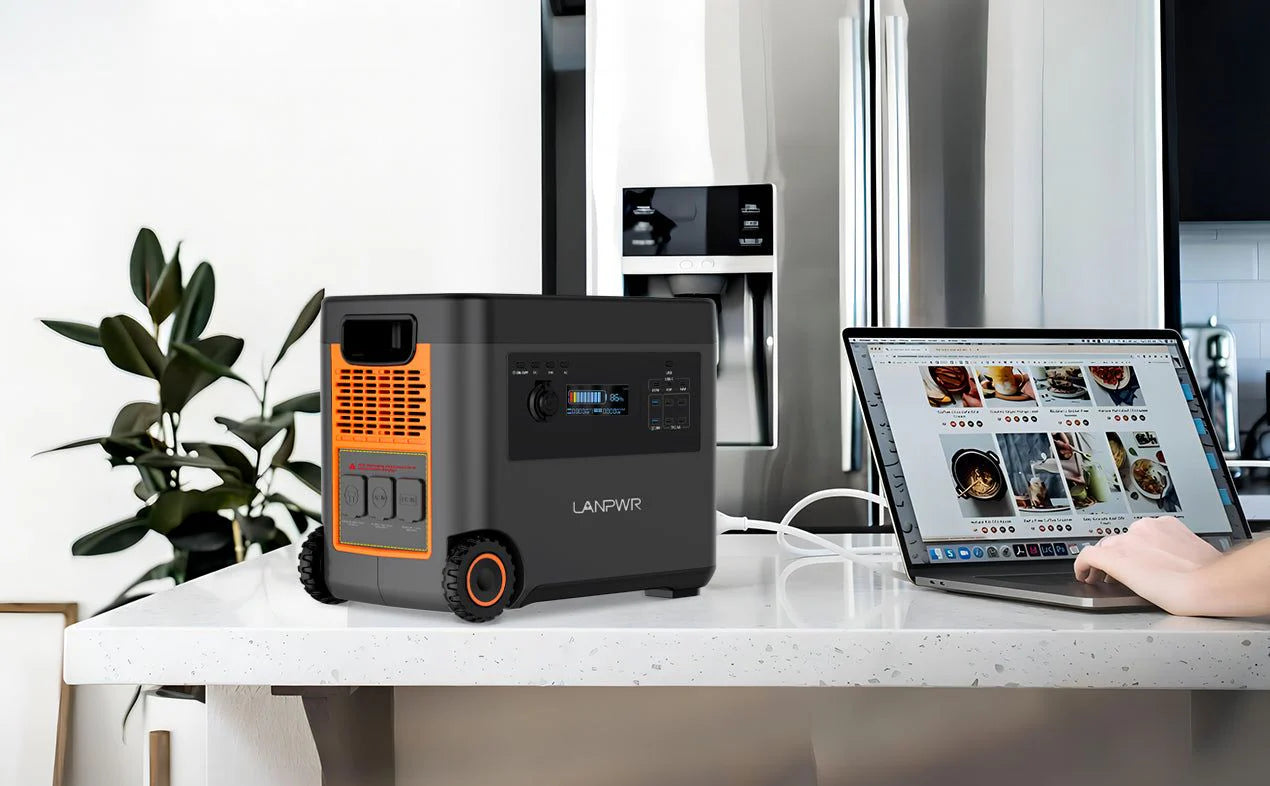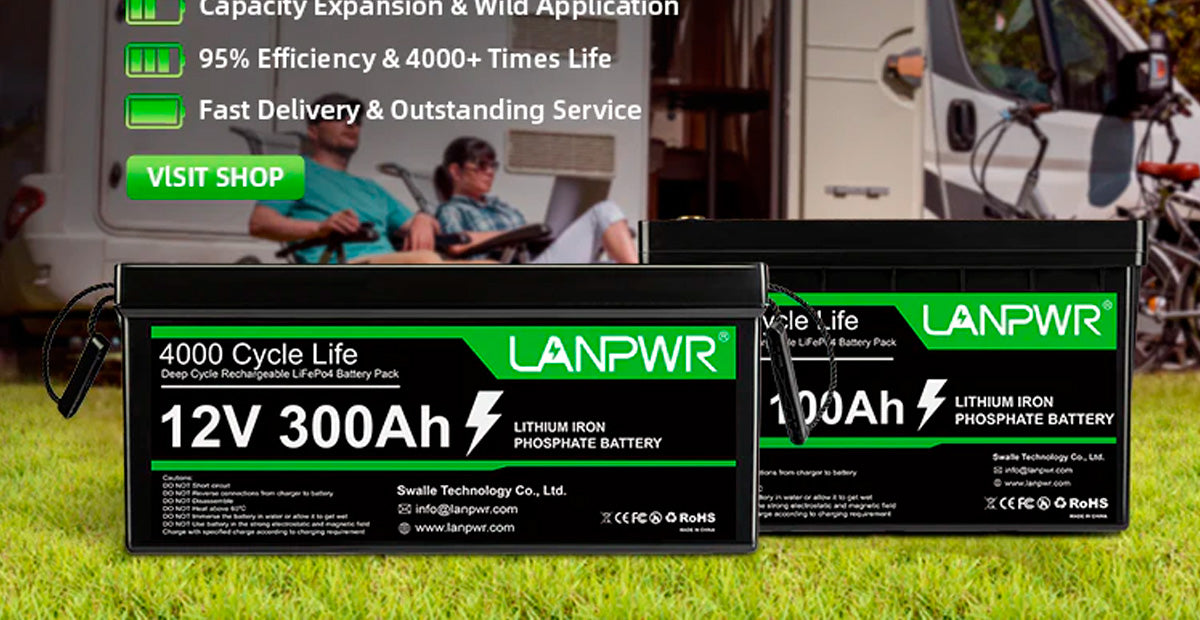Portable power stations have become an increasingly popular source of reliable electricity for outdoor activities, emergency preparation plans, and indoor power outages. Unfortunately, their safety for indoor use remains an important question. In this article, we'll look into this topic and outline key factors when purchasing one—specifically, models like Goal Zero Yeti 500X, Jackery Explorer 1000, and EcoFlow River 600.
Safety Concerns Regarding Portable Power Stations Used Indoors
Portable power stations are generally safe to use indoors because they do not emit fumes or carbon monoxide like traditional generators, unlike their gasoline or diesel counterparts. Portable power stations use battery technology utilizing lithium ion or lithium iron phosphate batteries, which have proven efficient and safe over the years. However, as with any electronic device, proper handling and following manufacturer recommendations are essential to proper functioning and safety.
Factors to Keep in Mind when Selecting an Indoor Portable Power Station
- 1. Battery Capacity: Your power station's capacity determines its energy storage capabilities and how long your devices will operate during blackouts. Consider your energy needs based on which devices need power; charging phones or laptops requires less capacity than operating household appliances during an outage.
- 2. Battery Technology: Most portable power stations employ lithium-ion or lithium-iron phosphate batteries to power their operations. Lithium-ion balances cost and capacity better than its more costly lithium-iron phosphate counterpart. These more expensive batteries offer longer lifespans and excellent safety due to stability and resistance against overheating issues.
- 3. AC Outlets and USB-C Ports: Your number and type of outputs determine which devices can be charged simultaneously; AC outlets provide power for household appliances, while USB-C ports offer fast charging of modern electronics.
- Solar Charging: Some power stations feature solar charging capabilities to maintain power during extended power outages or reduce grid dependency, making portable power solutions both eco-friendly and accessible to consumers. This feature not only increases portability but also contributes to eco-friendly solutions.
Top Picks of Indoor Use Portable Power Stations
- Goal Zero Yeti 500X: This versatile model from Goal Zero meets small to medium power needs with its 505Wh capacity and multiple output options, including AC, DC, and USB ports. Furthermore, its solar panel charging capability makes it an excellent addition for indoor and outdoor use.
- Jackery Explorer 1000: With its 1002Wh capacity and multiple AC and USB outlets, the Jackery Explorer 1000 can power larger appliances for more extended power outages. Charging options include solar panels, AC outlets, or carports - ideal if solar power fails!
- EcoFlow River 600: With its versatile modular design, EcoFlow River 600 allows users to personalize its capacity as needed. Its base model has 288Wh and can be expanded to 576Wh with additional batteries if necessary. It also features all essential ports that can be charged via solar energy charging, making this adaptable option highly adaptable!
Safety Precautions when Utilizing Portable Power Stations Indoors
Indoor use of portable power stations is generally safe, yet it is crucial to follow specific precautions and safety protocols to ensure their operation. Following this guideline can ensure you operate your portable power station responsibly:
Proper Ventilation: Even though portable power stations do not produce fumes like their gasoline generator counterparts, they still require adequate ventilation to avoid overheating and overstress. Be sure that all obstructions around your power station have been cleared away to maximize air circulation and protect its integrity.
Position the Power Station: For Best Results secure it on an even, flat surface to prevent unintentional tipping or instability.
Please keep it away from direct sources of heat, such as radiators or direct sunlight, as excessive heat may negatively impact battery performance and lifespan.
Ensure the power station is kept in a dry location to reduce potential electrical hazards.
Avoid Overloading: Do not exceed the power output limits specified by the manufacturer, as overloading can result in overheating and potential damage to power stations.
Keep track of the wattage requirements of devices you power, prioritizing essential devices to avoid overload.
Select Manufacturer-Specific Cables and Accessories: Only use cables, chargers, and accessories recommended or approved by your manufacturer; using unspecified items could result in malfunctions or compatibility issues that negatively affect performance and could risk malfunction.
Regular Inspection and Maintenance: Regularly inspect the condition of your power station, including cables and connectors, for signs of wear or damage.
Ensure the battery is regularly recharged as its manufacturer directs; some batteries require periodic charging to prolong their lifespan.
Battery Care: Lithium batteries should always be stored and used at the temperatures recommended by their manufacturers to avoid damage and extend their lifespan.
Avoid complete discharges: charge the battery before its power is depleted.
Handling and Storage: When not in use, store the power station in an environment free from moisture exposure or temperature extremes for maximum reliability.
Handle the power station carefully to avoid dropping it and harming its internal components and batteries.
Fire Safety: Ceasing the power station away from any potentially flammable materials to reduce fire risks is paramount.
Make sure that a working fire extinguisher is accessible near where you use your power station.
Electrical Safety: Before touching any power station parts, always ensure your hands are dry to avoid unexpected electric shocks.
Regular unit inspection is maintained to identify signs of damage or exposed wires. Should anything appear amiss, immediately cease use and consult the manufacturer about repair or replacement options.
Child and Pet Safety: Keep power stations out of reach of children and animals to avoid accidental tampering that may cause damage or injuries.
Final word
Portable power stations can be safely utilized indoors, according to safety guidelines. When choosing one for indoor use, key considerations include battery capacity, technology features, and backup systems.
With an influential power station in your home, you can power it during power outages or emergencies by accessing reliable backup power sources that you can transport easily and use for emergencies.














Leave a comment
This site is protected by hCaptcha and the hCaptcha Privacy Policy and Terms of Service apply.